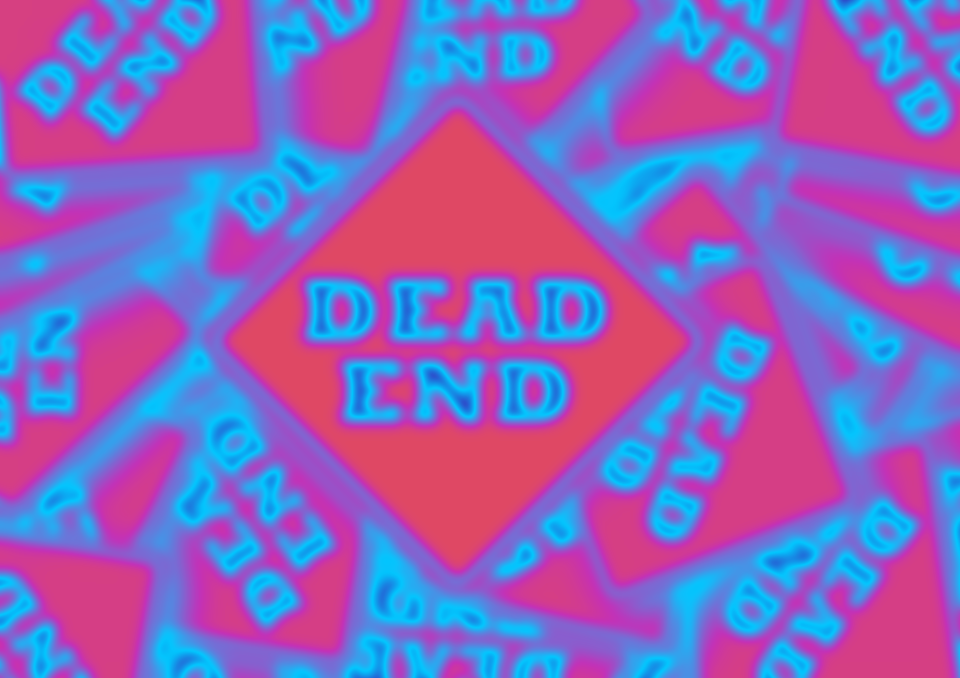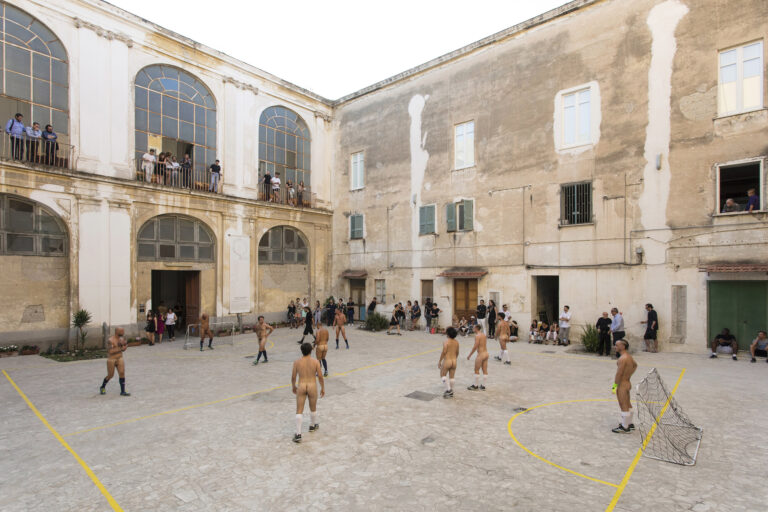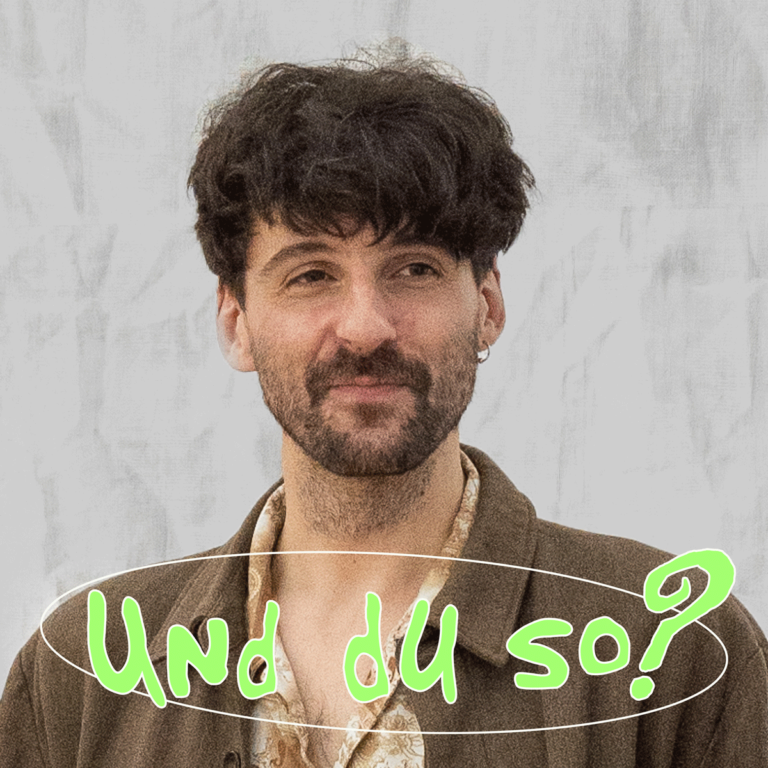The art world is undoubtedly a highly competitive one. Fundings and opportunities are limited and most of the times they follow unwritten and unsaid selection criteria. Indeed, it’s no news that some people are more privileged than others because of the connections they have, their social and/or ethnical background and so on and so forth.
A few months ago, I myself got excluded from some funding opportunities in Ireland. These would have given me loads of opportunities for growth at a crucial time in my curatorial career (namely the first years). I then started thinking about all the art and all the projects that cannot come to light and circulate because of the structural pitfalls in the art world – the unspoken criteria of selection, which are heavily based on conveniences and economics, or on supporting the artists and the art practitioners at large. Consequently, the feedback which is attached to our rejection emails are either vague or non-provided, which prevents us from learning and understanding how to improve.
„Exclusion is the dead-end of circulation“ (1)
Funds and opportunities to practice are limited and only available for a few privileged ones. And even those who were favoured once might get excluded sometime soon if they fail to access the flow of opportunities again. This is the law of precarious work and the art world.
„Exclusion is defined by the lack of projects, connections, opportunities and visibility“, asserts Kuba Szreder in ABC of the Projectariat, Disprivilege can indeed come from the simple fact of being young and emerging. Most funding opportunities are said to be for emerging practitioners, while actually favouring those who have a solid experience already.
Are we still artists, curators or art workers if we are not practicing, if we are not part of these online and offline circulations? What does practicing mean if not being in the hotspot of major events, galleries and agencies?
Online and offline networks of encounter
The curator and community activist Rabab Ghazoul once said: „[…] you can’t enforce it, you have to practice it“ (2), referring to practicing creativity and togetherness. Why should we keep trying to enforce opportunities to come? Practicing creativity is a natural act that we cannot help but do. And I myself, as a curator, embrace the compulsion to “wrestle with, study, and analyze essential questions of the human condition“ (Ibid.). Therefore, I also consider the art workers’ condition.
A crucial aspect of circulations, which dictates inclusion or exclusion from the art world, is that of spaces. Space is where we all appear, whether through the form of art or curatorial practice or the simple presence in events, openings, launches, talks etc. Spaces are the points of encounter, where everything happens, unfolds, comes together and consequently departs and, hopefully, evolves in different opportunities of appearance. After the recent pandemic the physical has regained relevancy, while the online still gets its credit for connecting people transnationally and expanding what happens locally at a global level. Additionally, online networks seem to be more democratic and participatory than the offline ones, which might be related to some of the elitist and exclusive rules at the cost of emerging practitioners.
Privileging functional spaces
The art historian and critic James Meyer reflects on two different notions of „site“: „a literal and a functional site“ (3). While the first one is an actual location, the second one „may or may not incorporate a physical place [and] certainly does not privilege this place“ and is a site of trans-everything, thus in movement, „a place marked and swiftly abandoned“.
What if the future of art practice lies in these functional spaces, thus in these unconventional settings, where participation and inclusion are a real aim rather than a poor marketing strategy? Where collaboration is key, not only for the organization, but for those taking part in it?
Mobility is to be privileged over static opportunities, which are often making use of artists and curators to exploit them and their practice. Not only financially – as most of the opportunities aren’t paid and require a fee for participation – but also creatively, as their production fuels organizations that would mostly be nothing but empty spaces if not for the creative capital they attract.
Functional spaces are to be found in networks and structured collectives outside institutions. Functional spaces exist every time we bump into some new person and share knowledge, opportunities and tips with each other. They are always in movement between different levels and dimensions – for example, online or offline – and nurturing mobility and occasions of practicing.
As exclusion is not only the dead end of circulation but also of practice, especially when it affects mentally, it has to be talked about more. This enables us not only to bring to the forefront what the majority of art workers are facing when not having enough opportunities to grow and develop their practice. It also enables us to envision and to construct alternatives collectively: Functional spaces can sprout from our own will and do not need any institutional validation to exist.


